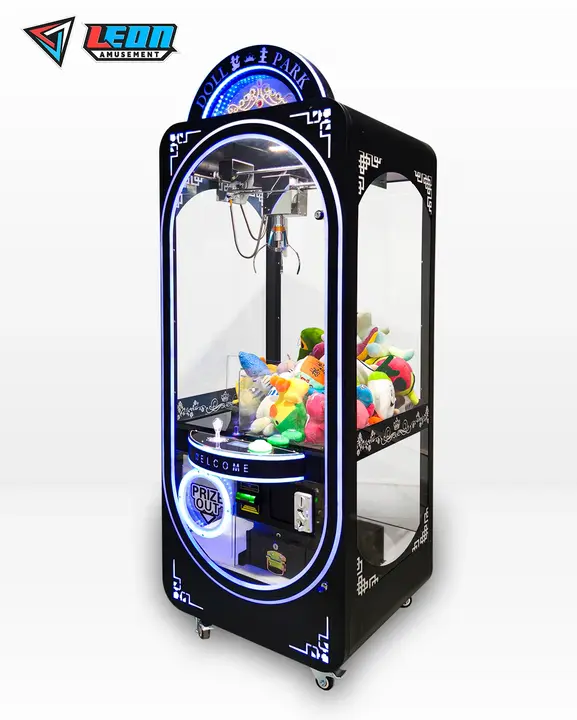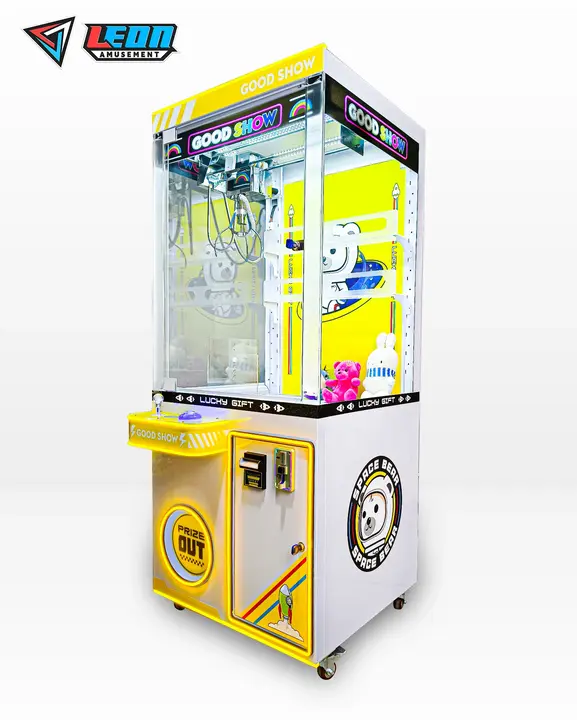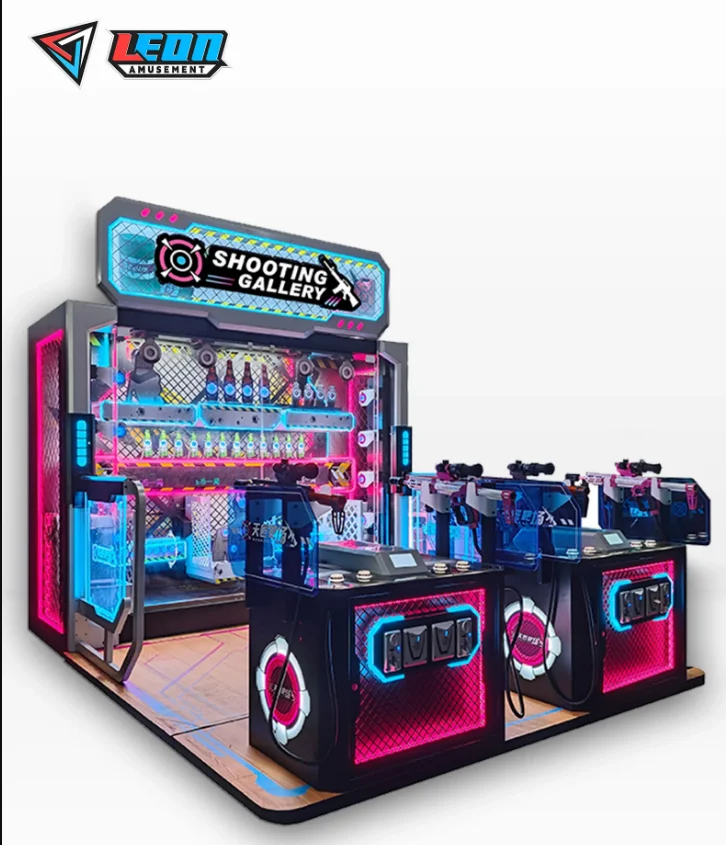With a low play cost, often $0.25 to $1.00, players get the chance to win small, desirable rewards like candy or toys. The bright colors, fun themes, and variety of prizes attract both kids and adults. Studies show that the simplicity of the game, combined with a 10-15% win rate, keeps players engaged. The chance of winning multiple small prizes in a single play adds to their appeal.
Table of Contents
ToggleFun and Challenge
Gameplay is just a matter of putting in coins to start and grabbing candy at random with the crane arm. Game players use joysticks and buttons to lower the claw, trying to lift out candies or toys. In a recent survey, it was revealed that more than 70% of players said the reason they liked playing claw machines so much is because these games were easy to use and had “unpredictable” results. This design lets players into the game almost immediately, and they delight in the joy of grabbing.
The key reason is that this feature makes the game challenging because of its randomness and uncertainty. Players should continuously change their grab angle and timing to increase the chance of success. While the chances are only 10% to 15%, this challenge helps fill what otherwise might be a dull gameplay experience. Research shows that it takes 5 to 7 attempts on average for players who reach a prize to successfully grab it, and this cycle of trying repeatedly will increase the fighting spirit and sense of achievement in every player.
That 60 percent of players feel the challenge is the “Motivation” as the No. 1 reason they play. This is not just a random way to make the game more engaging but also teaches players skills, so they can learn tactics that lead them closer and closer to improvement of grabbing success rates. Players also form social media groups for the purposes of exploring, exchanging, and sharing their skills and experiences with claw machines while playing to win, further enhancing a unique player culture.

Instant Rewards and Sense of Achievement
Candy claw machines, like all crane games, offer an instant reward mechanism, and that is what draws players to play them so much. Players feel the rush of satisfaction just as they manage to lock onto a prize. This instant feedback gives players a way to see the fruits of their labor and instills a sense of accomplishment.
More than 80% of players reveal they happily derive a sense of achievement and excitement after taking away the prize. The joy and satisfaction when the prize drops into the outlet is a moment that players experience every time. The immediate feedback increases investment — players are incentivized to continue playing in order to recreate that winning feeling as fast and directly as possible.
75% of players keep playing after winning a prize in order to win more rewards. This never-ending quest for winning not only mirrors the passion of players toward games but also showcases that claw machines help in creating loyalty among them. For holidays and other special occasions, businesses sometimes place something extra as a prize into the machine, which will make players play even more enthusiastically to win that gift.

Cost-effectiveness and Controllability
The game costs per candy crane machine are cheaper than any other complicated entertainment project. Most players can easily afford to pay $1–3 per game, which is quite low. Players feel that they are spending their money on a good budget with this high cost-effectiveness.
Gamers can set the number of games they intend to play, thereby regulating gaming expenses. Claw machines are inexpensive entertainment that can be controlled, which is more suitable for families and teenagers. On average, most players will spend tens of dollars at a time on claw machines before they manage to pry something out, with the value often outweighing their investment. Claw machines become even more popular as a result of this financial incentive.
More than half of families and even friends will schedule a claw machine entertainment once per month. It can be paired with a shopping or dining experience, leading to overall more foot traffic in favor of malls and amusement parks. Businesses change the prizes in it regularly so more people will have an interest in playing.




